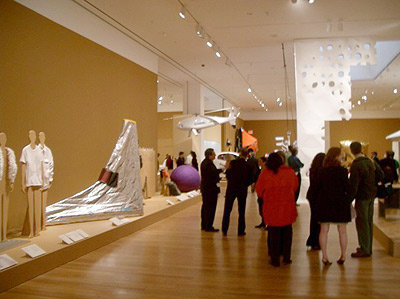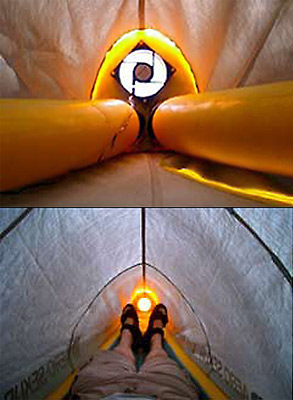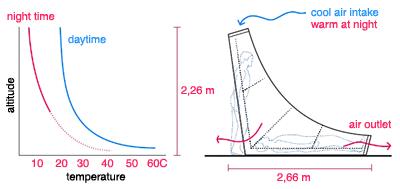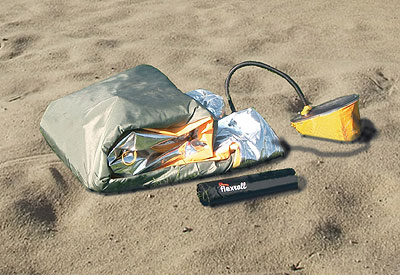Permanent human habitation on a planetary body other than the Earth is a central theme in science fiction. As technology has advanced and concerns about the future of humanity on Earth have increased, the argument that space colonization is an achievable and worthwhile goal has gained momentum. Because of its proximity to Earth, the Moon has long been seen as a prime candidate for the location of humanity's first permanently occupied extraterrestrial base.
Economic concerns are likely to lead to settlements being created near mines and processing centers, or near the poles where a continuous source of solar energy can be harnessed. While it would be relatively easy to resupply a lunar base from Earth (albeit with higher delta v[2]), in comparison to a Martian base, the Moon is likely to play a large role in the development of long-duration closed-loop life support systems. Duplicating the ecology of Earth so that wastes can be recycled is essential to any long term effort of space exploration. The wealth and knowledge gained by extracting and refining resources on the Moon would positively affect efforts to build colonies elsewhere in the Solar System.
NASA's long range Vision for Space Exploration plan includes a return to the Moon, with a manned mission in 2020 and permanent staffing of a polar base by 2024. In Nov, 2005, China announced plans for lunar exploration, including a manned mission in 2017, and Japan is now talking about plans for a lunar base by 2030.







